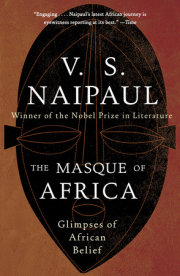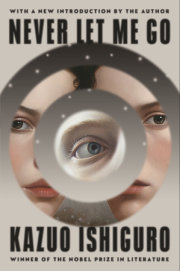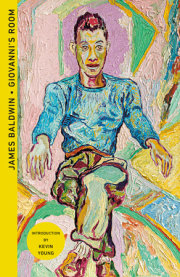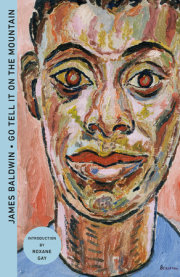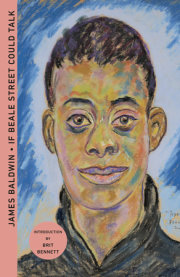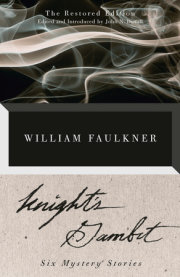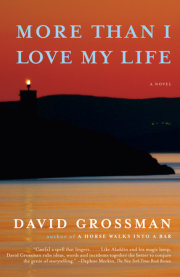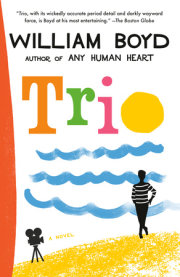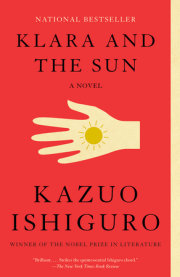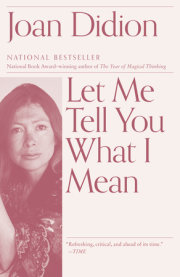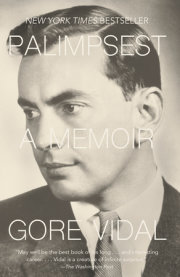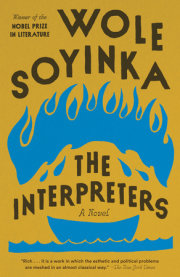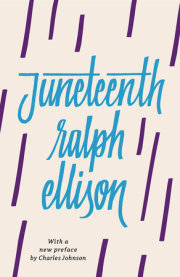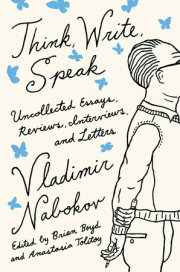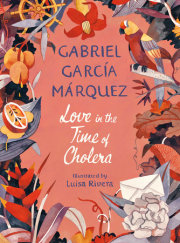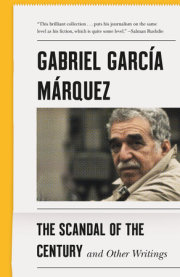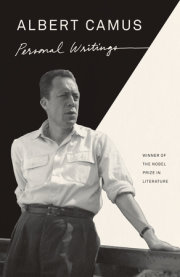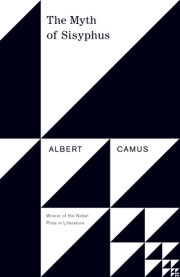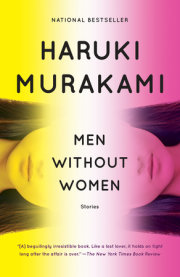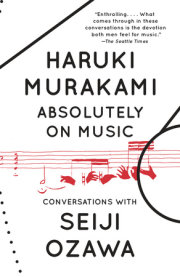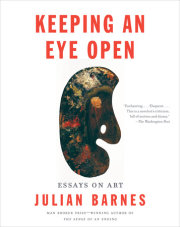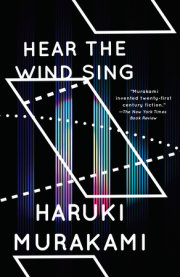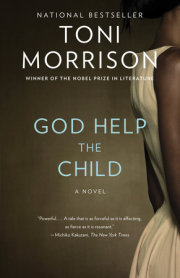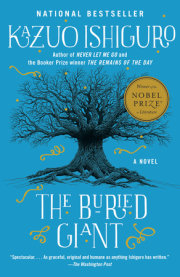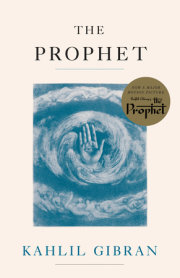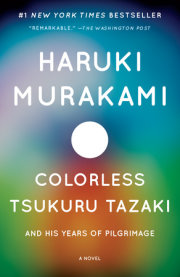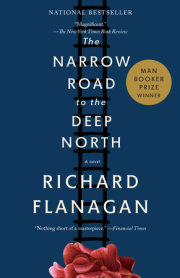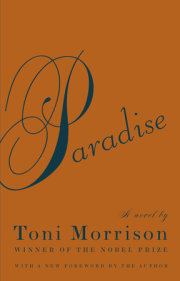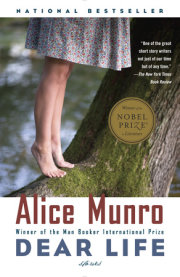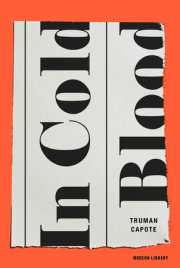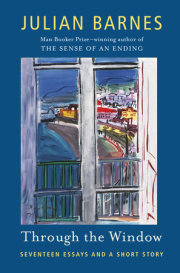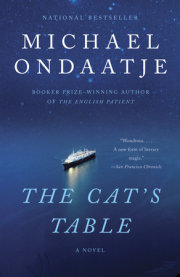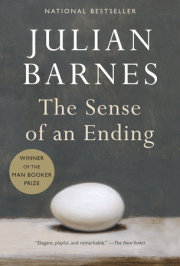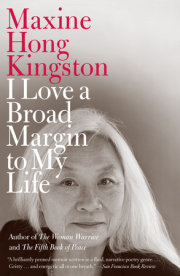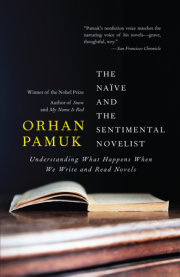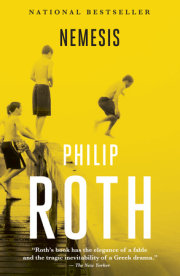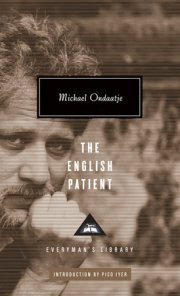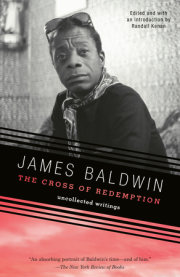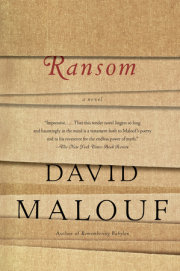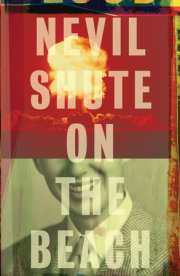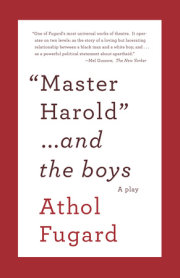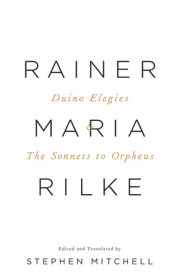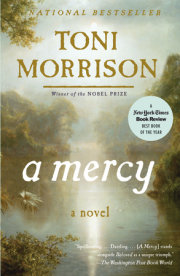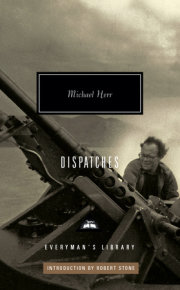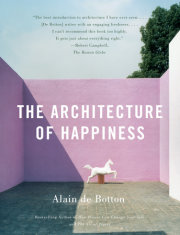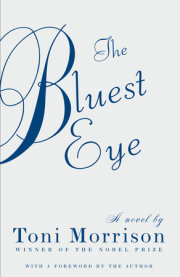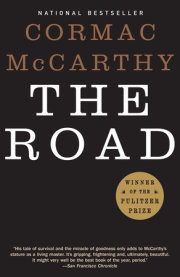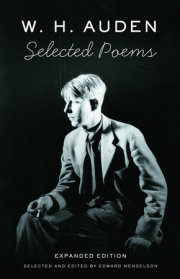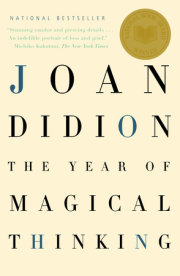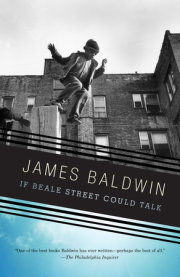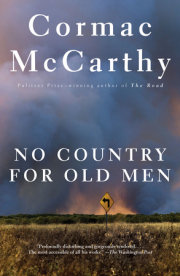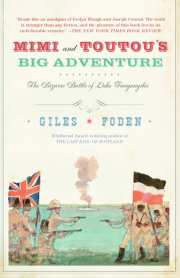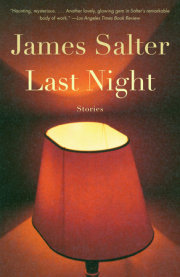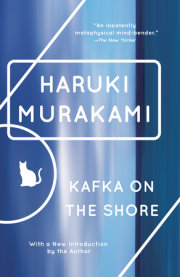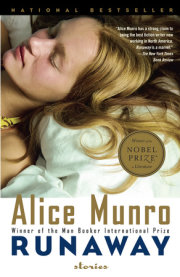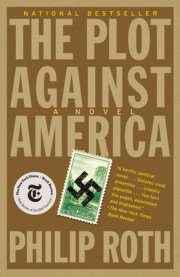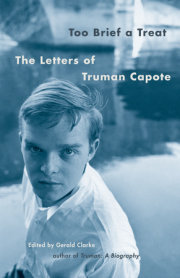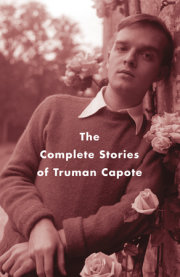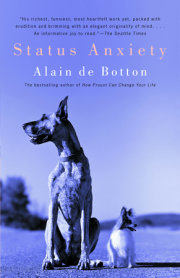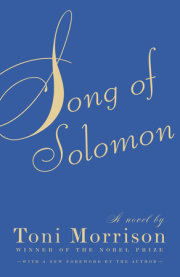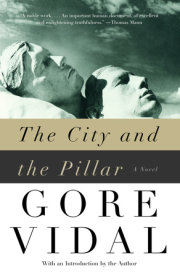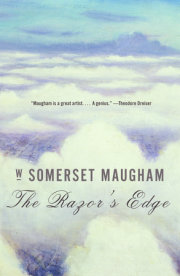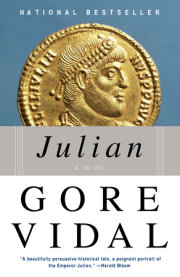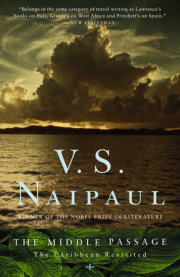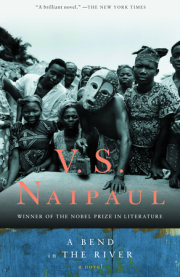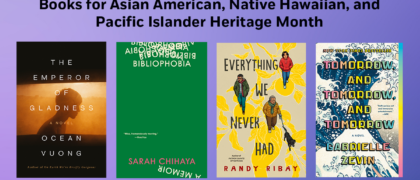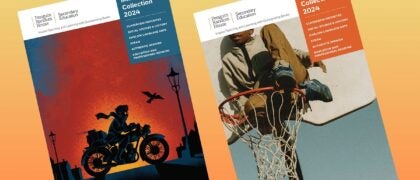Chapter 1
The Tomb at KasubiI spent eight to nine months in East Africa in 1966. A month in Tanzania; six weeks or so in the Kenya Highlands; the rest of the time in Uganda. Some years later I even used a version of Uganda in a piece of fiction; you can do that only when you feel you have a fair idea of a place, or an idea sufficient for your needs. Forty-two years after that first visit I went back to Uganda. I was hoping to get started there on this book about the nature of African belief, and I thought it would be better to ease myself into my subject in a country I knew or half knew. But I found the place eluding me.
I had gone to Uganda in 1966 to be a writer in residence at Makerere University in Kampala, the capital. I lived in a little grey bungalow on the campus, which was spacious and open and well-tended, with asphalted roads with kerbstones, and watchmen at the barred entrance. My allowance (provided by an American foundation) was enough to give me a driver and a cook. My duties weren’t too well defined, and I was living more or less privately, absorbed in a book I had brought with me, working hard on it every day, and paying less attention to Africa and the students at Makerere than I should have done. When I wanted some relief from the book and the campus, I would drive the fifteen or so miles to Entebbe, where the airport was and where, on the edge of Lake Victoria, which was very grand, the largest lake in Africa, there was also (as there was in other British colonial towns) a Botanical Garden, pleasant to walk in. Sometimes (a reminder of the wildness by which we were surrounded, but from which we were protected) the ground of the Garden was flooded in parts by water from the Lake seeping through.
The drive from Kampala to Entebbe was a drive through country; that was part of its restfulness in 1966. It was different now. You could see from the air, as the plane landed, how Entebbe itself had grown, with more than a scattering of villages or settlements far and wide on the damp green ground below the heavy grey clouds of the rainy season; and you understood that what was once bush in an unimportant area of a small colony had become valuable building land. The shiny new corrugated-iron roofs gave you the feeling that in spite of the bad recent past, forty years as bad as anything in Africa—murderous tyranny followed by war and little wars—there might be a money frenzy down there now.
The drive to the capital was no longer a drive through country. Once you got past the old administrative and residential buildings of colonial Entebbe, still somehow surviving (red corrugated-iron roofs and white-painted bargeboards still in good order), you found yourself in an improvised semi-urban development, flimsy-looking, where many of the buildings that had been put up (groceries, garages, flats) seemed only waiting to be pulled down, and in the meantime were bright, and repetitive, with painted walls advertising mobile phones.
It was like that all the way to the capital. There was no view at some stage of the city and the green hills for which Kampala used to be famous. All those hills were now built over; and many of the spaces between the hills, the dips, were seemingly floored over with the old corrugated iron of poor dwellings. But with all these dwellings there had come money and cars and, for people who didn’t have the money, the
boda-bodas, the bicycles and motorbikes that for a small sum offered you a fast pillion-ride through the stalled traffic, a pillion-ride which in colonial days might have been illegal. The roads couldn’t deal with the traffic; even in this rainy season the roads were dusty, scuffed down beyond the asphalt to the fertile red earth of Uganda. I couldn’t recognise this Kampala, and even at this early stage it seemed to me that I was in a place where a calamity had occurred.
Later I got the figures for population. They told the story. In 1966 there were about five million people in Uganda. Now—in spite of the rule between 1971 and 1979 of Idi Amin (who was said to have killed 150,000) and the comparable rule between 1981 and 1985 of the feral Milton Obote, who liked his hair to slope up high from the parting, in a version of the style known here as the English style; in spite of those two, and all the subsequent little wars, still going on after forty years (a million and a half people said to be displaced in the north); and in spite of the AIDS epidemic—there were between thirty and thirty-four million people in Uganda. As though Nature, going against logic, wished to outdo itself, to make up for the blood Uganda had lost and didn’t want the little country and its great suffering to fade away.
There was a mosque or church at the top of every hill, and major ecclesiastical buildings everywhere else. All the Christian denominations were represented. And in the over-built-up poorer areas there were simpler “born-again” Christian structures, sometimes fancifully named, with signboards: as though religion here was like a business that met a desperate consumer need at all levels. There were competing mosques of various sorts, Sunni, Shia, Ismaili; the Ismaili community, considered heretical by some, was powerful in East Africa. There was even a mosque and a school of the Ahmadiya sect, which honoured a nineteenth-century Indian-born prophet of Islam and was not accepted by all Muslims. To add to the mix, Brother Leader Ghaddafi of Libya was due in a few days, with his stylish clothes and dark glasses, and with his famous female bodyguard (in addition to his two hundred security men), to open a very big Libyan mosque on a prominent hill site in old Kampala. In the commercial area of the town there were two newish Indian stone temples near the Indian places of business. The Indians had been invited back after their expulsion by Amin; and they had come back to an ambiguous welcome: a local paper was wondering whether they had been compensated twice, and asking its readers to comment. So the red flags flew on the stone temples, to say that the temples were in use.
Until the 1840s Uganda had been isolated, living with itself. Then Arab traders had arrived from the east. They wanted slaves and ivory; in return they gave cheap guns and what in effect were toys. The Kabaka Sunna, known for his great cruelty, had welcomed the Arabs. He liked their toys. He especially liked the mirrors; he had never seen his face before, and couldn’t get over it. It was Sunna’s son and successor, Mutesa, who in 1861-2 met and entertained and for some months frustrated the explorer John Hanning Speke, who was within days of discovering the source of the Nile.
Mutesa was only twenty-five, almost as cruel as his father, but at the same time outward-looking, a man of intuition and intelligence. He liked the guns he got from Speke; he liked the compass and other instruments he saw Speke using. But Mutesa’s Baganda people, with their gift for social organisation, their military discipline, and their elaborate court ritual, evolved over some centuries, had a civilisation of their own. They built roads as straight as Roman roads; they had a high idea of sanitation; they had a fleet on Lake Victoria, with an admiral and naval techniques of their own, and they could launch invasions of Busoga across the Nile. They worked iron and made their own spears and knives; they knew how to make bark-cloth and were beautiful builders of grass houses—with roofs as neatly trimmed as though by a London tailor, Speke thought. Knowing that his people could do all these things, Mutesa arrived, quite marvellously, at the idea that the true difference between himself and Speke, very much a Victorian Christian, always ready to preach to the heathen, was philosophical and religious. Mutesa turned against Islam, which he had partly adopted; he said the Arabs were liars; and thirteen years later, when he met the explorer H. M. Stanley, he asked his help in getting English missionaries to come to Uganda.
The fruit of that decision of a hundred and thirty years before could now be seen in Kampala. Foreign religion, to go by the competing ecclesiastical buildings on the hilltops, was like an applied and contagious illness, curing nothing, giving no final answers, keeping everyone in a state of nerves, fighting wrong battles, narrowing the mind. And it was possible to wonder whether Mutesa himself, if he could come back, mightn’t have thought that he had made a mistake, and that Africa, left to itself in this matter, might have arrived at its own more valuable synthesis of old and new.
Why had the foreign-revealed religions wrought such havoc with African belief? These foreign religions had a difficult theology; I didn’t think it would have been easy, starting from scratch, to put it across to someone here. I asked Prince Kassim. He was a direct descendant of Mutesa, but on the Islamic side, a family division that reflected Mutesa’s early half-conversion to Islam. The prince said I was wrong. Both Christianity and Islam would have been attractive to Africans for a simple reason. They both offered an afterlife; gave people a vision of themselves living on after death. African religion, on the other hand, was more airy, offering only the world of spirits, and the ancestors.
2
I thought I should go looking for my old bungalow. I had planted a tulip tree (bought at the Entebbe Botanical Garden) in the garden, and at the back of my head at the time was the idea that for one reason or another I might come back to Kampala one day and it might be good then to see how the tree had done. But the Makerere campus was not recognisable. It seemed to me that it had become part of the crowded dusty town. A letter in the local paper saying that university fences had been knocked down and not replaced appeared to confirm what I felt. But then I heard from a lecturer that in spite of the up-and-down history of the place (a vice-chancellor killed in the Idi Amin time, and other senior people jailed and beaten up) certain records, including staff housing, were intact. It was stated there that in 1966 I had lived at 80 Kasubi View.
The name of the road rang a bell, but I wasn’t sure about the number; and when I was taken to the bungalow, which was ragged with decay, I felt I hadn’t lived there at all. I think that the house might have been selected for me because a big tree in the garden had been cut down a while before and the stump remained. I was taken to look at the stump, but I didn’t know what a tulip-tree stump would look like, and no one in my party knew either. But the setting was wrong. My memory of my bungalow and garden was a memory of openness. This was dark and enclosed. The ground fell away at the side, and there was a moraine of garbage where the ground fell away.
There was trouble about garbage in Makerere; it didn’t seem to be collected regularly. Here and there on the busy paths or walkways marabout storks, undisturbed by the passage of students, were pecking with their long beaks at broken bundles of garbage. (Speke calls these birds adjutants, and with their big wings folded and their long, thin, yellow legs they did have an official appearance, long-coated and hunched and assessing.) These magnificent birds had become scavengers here, and the garbage they fed on seemed to discolour and deform their faces, giving them ugly, pendent growths. They had now to live with their deformities, for which Nature was not responsible. It was sad to see, and sad, too, for the students: they were crowded together in mildewed halls and dormitories hung with sagging lines of laundry; and, outside, they lived helplessly amid garbage. It would have gone against their instinct. Speke, a hundred and forty years before, wrote with admiration of the Ugandans’ concern for sanitation.
It seemed here that everything was working against the university and the idea of learning. And, again, figures told the story. In 1966 there were about four thousand students. Now there were thirty thousand. The main road to where in the old days I remembered a barred entrance was like a busy shopping street. Choked Kampala lay just outside.
There were at least two murders (by outsiders of outsiders) in the Makerere campus while I was in Kampala. In the first incident a young Pakistani car salesman was lured to the campus by bogus customers who said they wanted a trial drive. That would have seemed safe enough to anyone, but as soon as the car was in the campus the salesman was garrotted by a man sitting in the back, and knifed in the neck until he died. In the second incident a security guard, of all people, was killed in the early morning as he tried to rob a
boda-boda passenger.
Copyright © 2011 by V.S. Naipaul. All rights reserved. No part of this excerpt may be reproduced or reprinted without permission in writing from the publisher.


